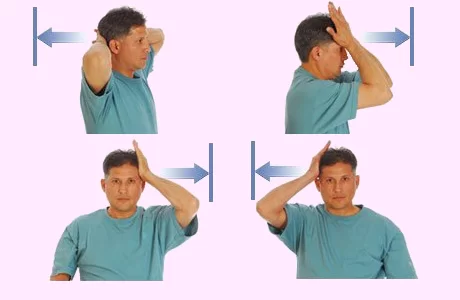Manual Muscle Testing of the Forearm
Manual Muscle Testing (MMT) of the forearm is a technique used to assess the strength and function of the muscles in the forearm. It is commonly performed by healthcare professionals, such as physical therapists or doctors, to evaluate the integrity of the muscles and identify any weakness or pathology. Forearm Supination Testing muscles SupinatorBiceps brachii…








